This verse from the yogasutras is one of the easiest to understand, and one of the most powerful to put into practice. It can seem overly simple to promote qualities such as friendliness and kindness, but it helps to think about what we are replacing with these qualities.
FRIENDLINESS With friendliness we are replacing competition, the sense that each person is an enemy. When we feel that others are our enemies, we isolate ourselves and retreat to xenophobia, the fear and mistrust of anything that is different from us. The more we perceive others as different, the more we fear them. Friendliness, on the other hand, connects us with others. It frees us from fear and allows us to see more clearly. Sure, there are people in this world to fear and mistrust, but most people are just like us. Cultivating friendliness opens us up to the possibility of growth, connection and change. KINDNESS With kindness we are replacing selfishness and mistrust, both of which lead to meanness. No one wants to be "mean", it is a product of our own fear of not having enough or not getting our due. When we perceive others as infringing upon our rightful space, credit, food or work, we act meanly toward them. To a yogi, the big problem with being mean is that it affects us more than it affects others. It plants seeds of anger, fear and animosity within us, and those seeds will bloom eventually. The more we cultivate meanness, the more we poison our own minds. Kindness is a wonderfully simple way to combat this situation. Treat everyone with kindness, not just those who deserve it. By doing so, we plant seeds of generosity, openness and love, and those seeds will bloom too. INDIFFERENCE TOWARD HAPPINESS, VICE & VIRTUE The final instruction of this verse is more complicated. Why would we want to be indifferent toward happiness? Or vice? Or virtue? According to the yogis, some of the roots of our suffering are our attraction to pleasure and our aversion to pain. These are called raga (attraction) and dvesha (aversion). We enjoy the pleasure that we get from a compliment, attention, success, new shoes or a text message, and we become attracted to that pleasure. Our thoughts and actions are soon directed toward repeating the pleasure, and our existence begins to feel empty whenever we are not experiencing pleasure. For this reason, the yogis say that even pleasure is pain. Once we realize that pleasure and our attraction to it actually brings us more suffering, we begin to detach from the attraction. Gradually we become indifferent toward the ideas of happiness and sadness, pleasure and pain, and vice and virtue. This process takes a good teacher and a long time.
0 Comments
As we practice yoga, we strengthen our energy. As we feel better, we have a greater desire to be active. We may take on more tasks, teach extra classes, volunteer or be of service. All of these are and can be positive contributions to the world, but there is danger in beginning to draw these actions toward the self. We may start to have thoughts like, "Look at all this energy I have! Look how much I can accomplish!"
While this may be true on the outside, it's more complicated on the inside. As we feel stronger and more energized, it becomes increasingly important for us to find devotion as a response to the feelings of "look what I can do!" Devotion means that we offer both the energy we feel that makes action possible, and the actions themselves, to a higher good or a higher power. We can cultivate this through prayer or mantra, and practice it through being of service even in our daily activities and interactions. When we practice yoga and feel more energized, we should understand that this energy is just a result of becoming aware of it. It is not that we created it. Then when we take this energy and put it into action, we can understand that we are in service to the world, as opposed to doing good for the sake of building ourselves up. We all have a dilemma each time we open our mouths to speak. Do I say what I know or do I ask about what I don't?
We may say what we know to express our opinion in a conversation, to convince, to teach or simply to reinforce our own reality by saying it out loud. As yogis, we should be careful of this. Every time words come out of our mouths, their reality is solidified in our minds, and we become more rutted in our version of things. When we ask what we don't know, two important things happen in our minds. We acknowledge that we don't know everything, a humility that is absolutely essential for growth and human connection. And we open ourselves up to new information and knowledge. How will we get smarter and better, how will we make progress if we think we are at the pinnacle of knowledge and understanding? This is why I love to be wrong and to admit that my knowledge is incomplete. Only during these moments can I learn new things and make progress in understanding. This benefits me by making me smarter and more complete, and more so by maintaining humility and flexibility in the "reality" that is my mind. Most of the meditative, inward-looking spiritual traditions of the world agree that we overlook our true nature.
Our misunderstanding comes from the active (sometimes hyperactive) nature of the mind, which is constantly on the lookout for danger and opportunity. When these things are missing, the mind finds other activities: daydreaming, pondering, obsessing, discussing, watching TV, etc. There is an endless number of things we do to keep our minds busy. Perhaps it is more accurate to say that our busy minds give us things to do. Our identity problem comes when we mistake these mental activities for the true nature of the self. We don't realize that our emotions and mental activities are separate from us, and we identify ourselves with each emotion and thought: "I am angry," "I am happy," "I am hungry," "I am thinking." It can seem like splitting hairs, like an unnecessary distinction to make. But, are you your emotions? Are you your thoughts? Are you the breaths that you take or the beats of you heart? Are you the pain in your body? The more we explore these questions, we find that the "self" is not to be found in any of these elements. Nowhere is this concept stated more clearly than in the Yogasutras, "the Self appears to assume the form of thought's vacillations and the True Self is lost." (1:4) (1) The practices of yoga are many, but they all point to this issue. Every single practice of the body, breath and mind is designed to point us toward the true nature of the Self. 1. Stiles, Mukunda, Yoga Sutras of Patanjali, 2002, p2-3. Inherent in every spiritual tradition in the world is the concept of loving others. Not because they are nice to us or from the same culture, not because of what we can get from them or how they make us feel.
We love because we are all the same. "Love your neighbor as you love yourself" is the clearest and simplest of messages. What we see in ourselves is also in others. This does not mean that we don't have differences. One only needs to do a little bit of travel to experience the diversity in the world. Humans talk different, eat different, dress different according to how their region and culture has developed. But that same little bit of travel reveals the common threads of humanity. Every human I've ever seen loves their family and likes to laugh. And, contrary to some opinions, every person I've met will be generous with strangers as long as they don't feel threatened for their own safety or livelihood. So, as you read this during the holiday season, you may be in the presence of family or strangers who test your patience. Love them, not because you like them or because you think they are compelling company. Love them because to do so is a recognition of your innermost being. When the doorbell rings, our dog Bug goes crazy. He barks like mad because he knows there is a stranger on the other side of the door. He is defending his territory. When the television is on and a doorbell rings onscreen, he has exactly the same reaction. He rushes to the front door and barks, even as we reassure him that the doorbell wasn't real. He doesn't have the ability to separate reality from the false reality of the television.
The scary part is: we have the ability to engage with "false" reality. Actually, we can hold countless "realities" in our minds at any given time. The trouble is that only one is actually real. All the others are false, and we spend a lot of time with our minds immersed in these false realities. Watching television and movies is the ultimate expression of this. We spend hours at a time engaging our minds in completely fabricated realms designed to trick us into mental and emotional responses. Every moment we spend in these realms is a moment that we are detaching our mind from reality. It becomes harder and harder for the mind to recognize, much less function effectively in, true reality. All of yoga philosophy is based on the idea that we exist in a state of illusion rather than reality. The things we see, hear, touch and think are constructions of our mind. They are not reality. The practices of yoga lead us to strip away the illusion a little bit at a time, gradually revealing the true nature of reality and the self within it. Television does exactly the opposite of yoga practice. It creates false realities for our minds to engage in, and the better the program is, the more we involve ourselves and identify with the characters and situations. So, the better the show or movie is, the worse it is for your yoga practice! Almost every yoga practitioner who has been at it for more than a few months has dealt with an injury. The physical nature of our western yoga practices---the deep stretching and vigorous movements---is bound to injure the body sooner or later, just as any physical activity carries the danger of bodily harm. Lots of us even start a yoga practice to help deal with preexisting injuries.
The point is that injury is common among practitioners of yoga, and contrary to how it may seem, injuries are actually invaluable for the progress of our practice. CARRY ON, MINUS THE EGO Think about it: how do you deal with an injury? After an initial period of frustration and even anger, you slow down and figure out how to carry on with the new reality. This "carry on" mentality means we have to let go of who we thought we were before and adopt a new mentality of who we are now. This is a crushing blow to the ego, which holds on tightly to our idea of the self. Believe it or not, this is a profound step in the yogic practice: learning to detach from the belief that we are our body or the postures we do. ATTENTION INWARD The next thing you do is continue your practice (hopefully), but with an intense inward focus. Your awareness of the body is heightened by your pain and the desire to heal. This heightened bodily awareness is one of the highest goals of physical practice. By turning our attention inward, we recognize what the body is (a body) and what it isn't (the self). From there, the progression toward detachment continues. HEALTH Of course, we are not suggesting that you go out and hurt yourself. Nor are we suggesting that you practice in a cavalier way that courts injury. These steps of awareness and detachment can happen without injury, too. Also, most of us here in the west practice physical yoga to improve our health. This is wonderful, and health is wonderful. But, yogically speaking, there is always the danger of identifying the "self" with the body. This happens especially when we are strong and healthy. The ego loves to equate itself with physical strength. We hope that you never get injured. But, if you do, remember that your yoga practice and your "self" are not defined by which postures you can do. All of us have been taught incorrect information at one point or another.
Sometimes it is because new knowledge has come to light since we learned it, either through scientific progress, new historical research or some other method. It is common for knowledge to become outdated. Sometimes it is because we or our teachers have made false assumptions to fill in gaps in knowledge. Believe it or not, there isn't verifiable information about every aspect of every discipline, so a certain amount of deduction and inference has to occur. Sometimes these turn out to be wrong. Sometimes our teachers mislead us about the breadth of their knowledge, filling in gaps with plausible information, distraction or personality. An example: I was recently reading a notebook from a class I took a few years ago. I had written that one should not drink water while eating, as it dilutes the digestive acid in the stomach. A few days ago, I asked a friend of mine who is a doctor if she knew whether this is true. She said she thought it unlikely that drinking water is detrimental to digestion, but she wasn't sure. So I looked it up. Mayo Clinic, one of the foremost institutions of medicine and research, says that drinking water while eating does not dilute the digestive juices. It actually has a positive overall impact on digestion and elimination. HOW TO DEAL It is still written there in my notebook: "don't drink water while eating." Do I write "untrue" next to it, or cross it out? Do I fact-check everything in the notebook? Do I disregard everything I learned from this teacher? Any system is made of hundreds of separate (but related) pieces of information. One or several of the pieces of info can be wrong without necessarily making other information worthless. And the system may hold up as a whole even if some of its foundational information is incorrect. It serves us, our students and any system to have as much correct information as possible. For the most part, realizing that we have been wrong about something has a wonderful upside: we know something correct now! Our knowledge has expanded! It gets complicated if we feel tied to a system as it was passed down to us. Sometimes we are tempted to avoid any information that changes the system or contradicts it in any way. The same is true if we feel tied to a teacher or his or her inherent personality or value. It can seem that any instance of misinformation, ignorance or outdatedness nullifies the teacher's validity on the whole. Allowing our knowledge to change is complicated. It requires a reassessment of what we know and believe. As new knowledge comes to light, it is of vital importance that we accept it, and not deny it for the sake of tradition or personality. There is a lot of discussion and disagreement about the question: Is yoga a religion?
Many answer by saying yoga is "spiritual" but not "religious." There continue to be cultural movements to secularize yoga by taking away any direct mentions of worship or deities. And there are even combinations of yoga with non-Hindu religions, as old as the Allah Upanishad and as new as Christian Yoga. Let's take a look at the meaning of these words: spiritual and religious. And also at some history of yoga teachings and texts to see if we can find clues. WHAT IS RELIGION? Webster dictionary defines religion as "the service and worship of God or the supernatural." That is pretty broad, but it specifies that a system is religious when it acknowledges a God figure or some supernatural force worthy of worship. The word spiritual is defined as "of, relating to, consisting of, or affecting the spirit." Other definitions include "relating to sacred matters," which has a distinctly religious overtone. Another definition comes right out and makes the connection, saying spiritual means "concerned with religious values." Already for me the distinction between religious and spiritual seems like a stretch, like perhaps we are trying to make a distinction where none really exists. YOGA How does yoga fit into these definitions? Do the teachings of yoga recognize a God or supernatural being/force? Does yoga affect the spirit? For answers to these questions, I looked at two pivotal texts of yoga: The Yogasutras by Patanjali and the Yoga Yajnavalkya. The former is well-known. The latter is one of the most quoted texts by later yoga works. YOGASUTRAS The very beginning of the Yogasutras defines yoga as the "cessation of the turnings of thought." (1) No mention here of any god or supernatural power. No mention of the spirit either. According to this definition, yoga is a mental process having to do with our thought processes. The next verse complicates things a little. "When thought ceases, the spirit stands in its true identity as observer of the world." (2) Here we have the blatant use of "spirit," and we are thrown into the whirlwind of trying to understand and explain what that may be. But there is still no direct mention of a higher power. A few verses later we learn about Ishvara, the Lord of Yoga. "Cessation of thought may also come from dedication to the Lord of Yoga. The Lord of Yoga is a distinct form of spirit unaffected by the forces of corruption, by actions, by the fruits of action, or by subliminal intentions. In the Lord of Yoga is the incomparable seed of omniscience. Being unconditioned by time, he is the teacher of even the ancient teachers." (3) This passage directly refers to an omniscient supernatural being who is unaffected by time. It certainly falls under the definition of religion by encouraging the 'service and worship,' or as the Yogasutras put it---'dedication'---to a god figure. YOGA YAJNAVALKYA This text is the origin of the oft-repeated definition of yoga: "Yoga is...the union of the individual self and the supreme self." (4) Here we have the ambiguous notion of the "supreme self." Is it a figment of our imagination, the best version of ourselves, or a supernatural entity of which our human self is part? This definition often gets relayed as "union of the individual self with the universal self," which has a lot more supernatural meaning in it: We are all one. To me, this definition wobbles on the edge of religion, depending on how you choose to interpret the "supreme/universal self" and whether you consider that to be a supernatural entity. Some of the gray area is clarified if we look earlier in the text to some of the first verses. "...Meditating in his heart with one-pointed concentration upon Narayana (the Divine), the refuge of the universe, residing in the heard of all beings in all worlds, the source of this universe, worthy to be meditated upon by yogis, unattached, blissful, immortal, eternal, omnipresent, and the ruler of the senses..." (5) Here we have distinct reference to "the divine," a supernatural being who is the "source of the universe." While worship is not specifically instructed, we are advised that this "immortal, omnipresent" divine is "worthy to be meditated upon." To me, this is quintessential religion. IN CONCLUSION Depending on where we look and how narrow our gaze is, we can convince ourselves that yoga is not a worship-centric religion that looks to a supernatural being. But as our view starts to expand even within the same texts, there are definite religious elements: Timeless, omniscient beings who are the source of the universe. So, is yoga a religion? In a word, yes. 1. Patanjali, Yogasutras, 1.2 2. Patanjali, Yogasutras, 1.3 3. Patanjali, Yogasutras, 1.23-26 4. Yoga Yajnavalkya, chapter 1, verses 43-45 5. Yoga Yajnavalkya, chapter 1, verses 9-19 Most of us desire to be healthy and live a long life. Many of our cultural institutions and fads are centered around these ideas: health food, exercise, health care, etc. Beneath it all, a deeper question is easily ignored. What is the purpose of being healthy or living a long life? (This can be reframed as the age old "what is the meaning of life?" question, or the "why are we here?" question.)
If we don't address this question directly, we end up essentially spinning our wheels. Without a greater sense of purpose, health and long life become the goals themselves, and we start pursuing them for their own sake. We even start admiring those who are very healthy or who have lived a long time. OVERCOMING DISEASE Admittedly, it is difficult to pursue anything when we are ill. Patanjali lists disease as one of the 9 obstacles that distract our thoughts from higher purpose. (Yogasutra 1:30). When we are ill, we have little concern other than to regain our health. But when we are healthy it is important to turn our efforts toward other goals. Our health facilitates our pursuit of higher purpose, and we should be careful that our health or fitness doesn't become the primary focus of our existence. THE WILL TO LIVE The desire to live a long life is inherent in our culture and medical system. One of the primary measures of a "useful" medicine is whether or not it increases lifespan. If not, or if it decreases lifespan, it is often consigned to the trash heap. According to the Yogasutra, one of the five forces of corruption is "the will to live." (YS 2:3) If we are afraid of dying, (which to be honest, nearly everyone is) then the ultimate goal of life is simply to stay alive. It is almost impossible to pursue a higher purpose. "The will to live is instinctive and overwhelming, even for a learned sage," Patanjali writes. (YS 2:9) Our life is not useful in itself. It is only useful as far as it enables us to accomplish other things. What is your purpose? It is normal to not have an answer to the question. Humans have been asking it for as long as we have existed. But it is a question worth asking. |
AUTHORSScott & Ida are Yoga Acharyas (Masters of Yoga). They are scholars as well as practitioners of yogic postures, breath control and meditation. They are the head teachers of Ghosh Yoga.
POPULAR- The 113 Postures of Ghosh Yoga
- Make the Hamstrings Strong, Not Long - Understanding Chair Posture - Lock the Knee History - It Doesn't Matter If Your Head Is On Your Knee - Bow Pose (Dhanurasana) - 5 Reasons To Backbend - Origins of Standing Bow - The Traditional Yoga In Bikram's Class - What About the Women?! - Through Bishnu's Eyes - Why Teaching Is Not a Personal Practice Categories
All
Archives
April 2024
|

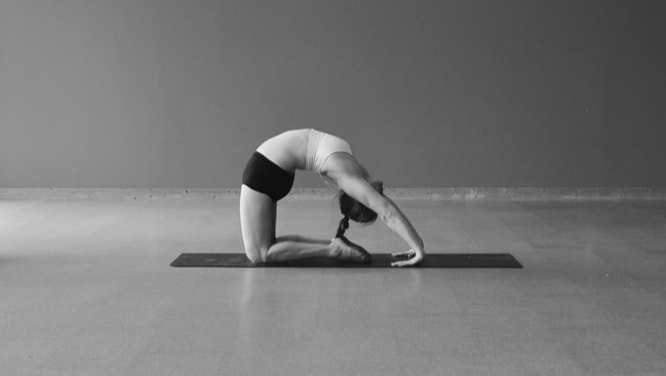

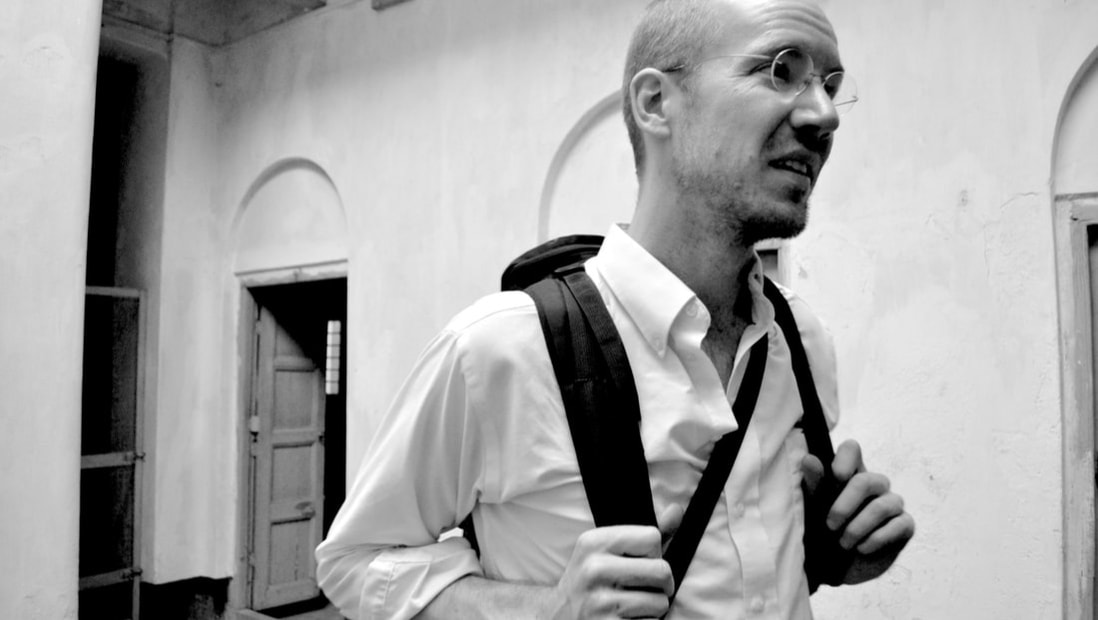
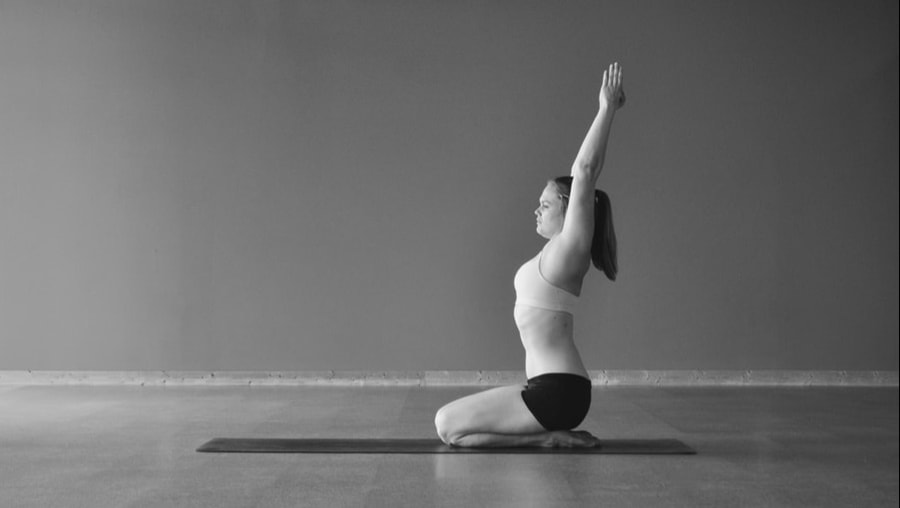
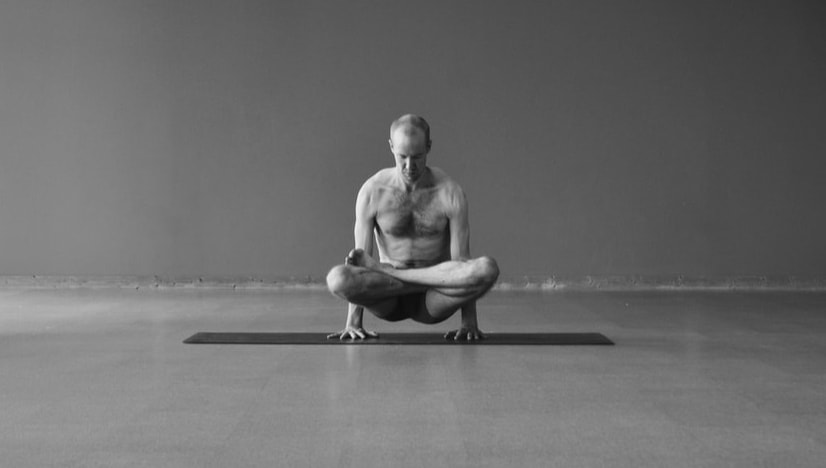
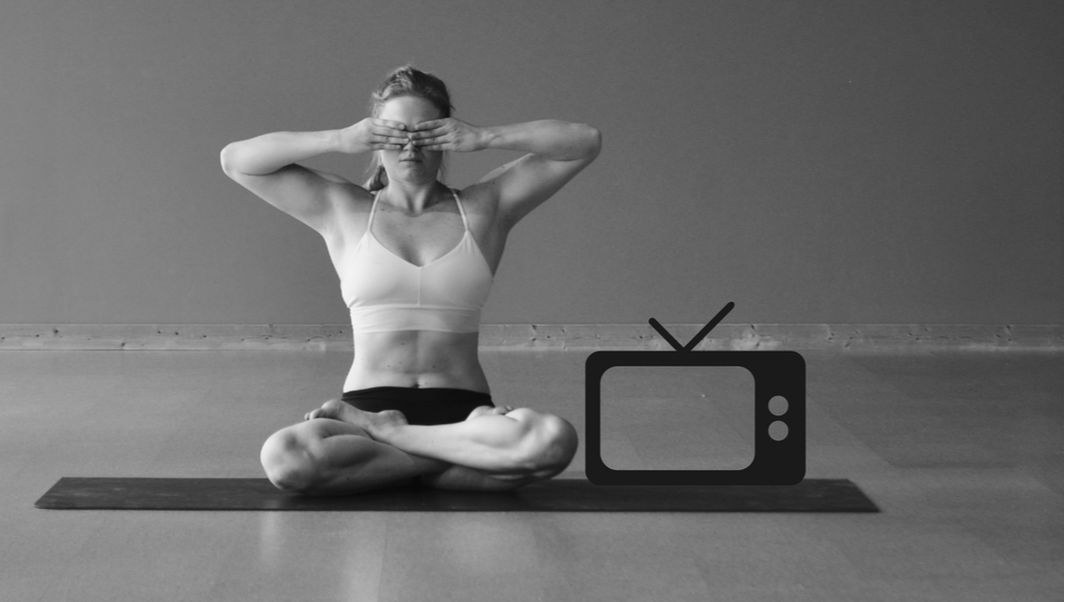
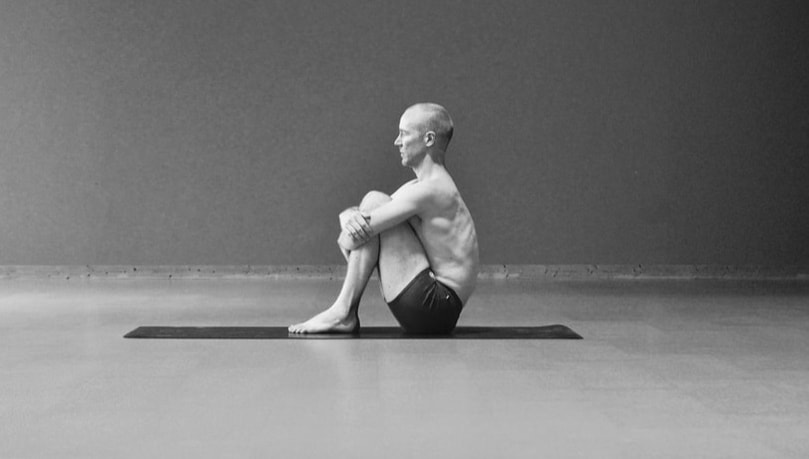
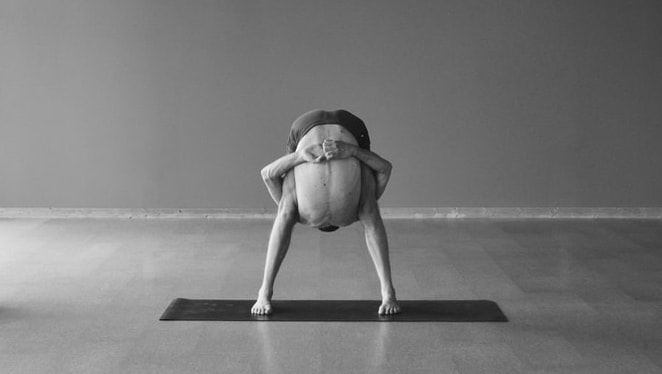
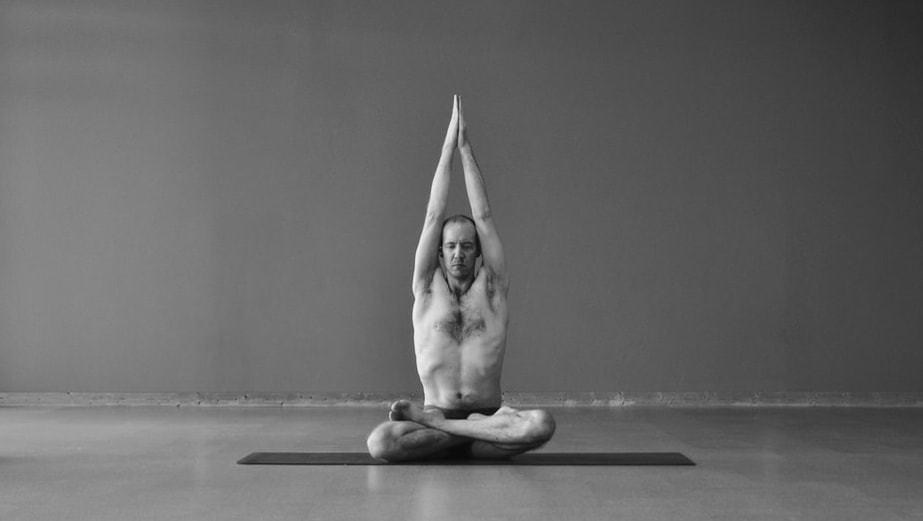
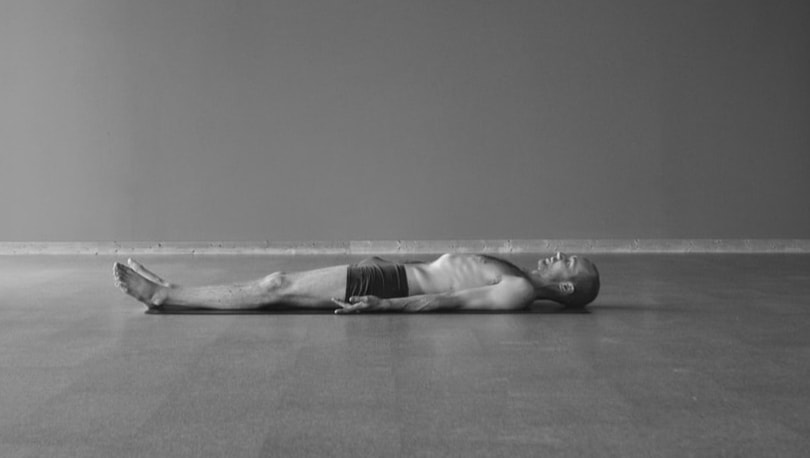
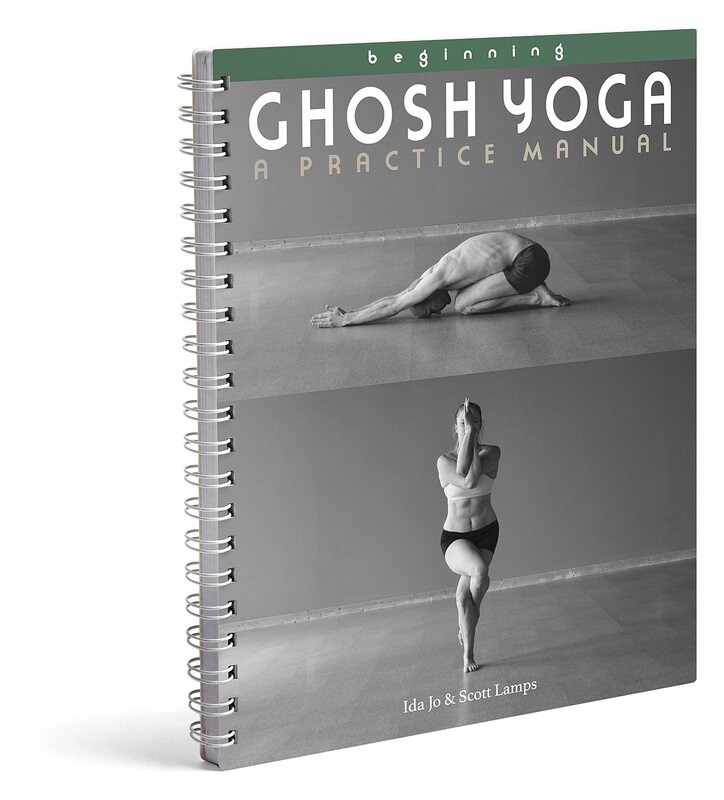
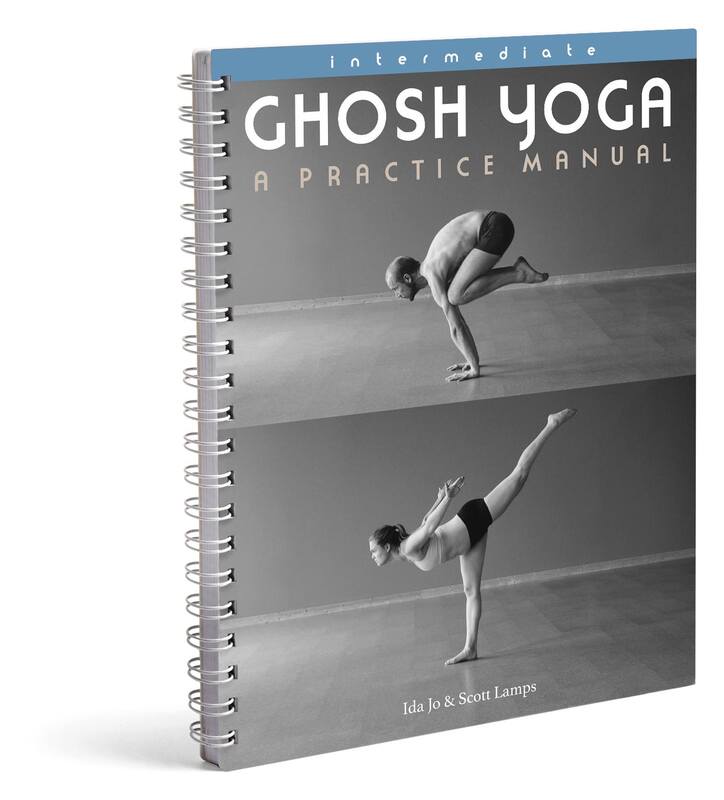


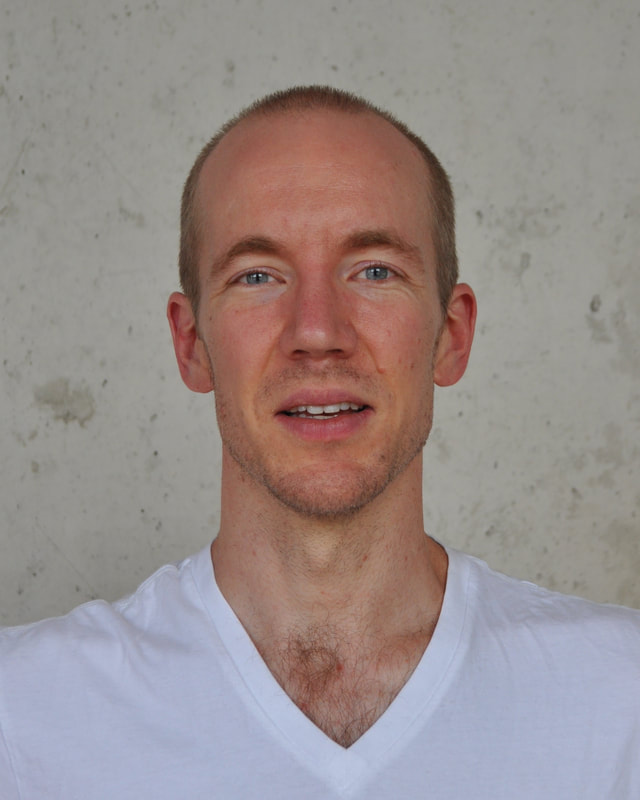
 RSS Feed
RSS Feed